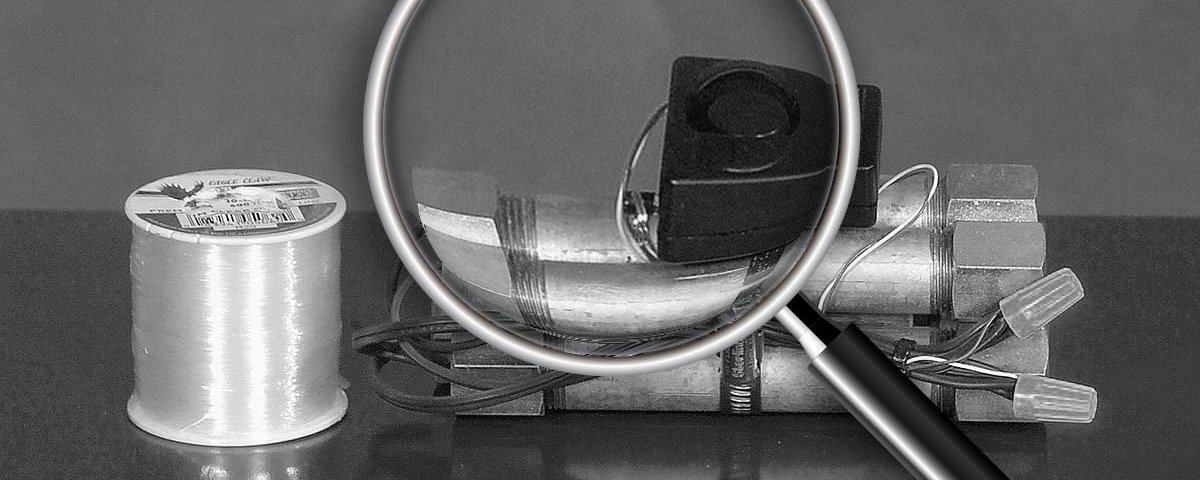How to Investigate a Pipe Bomb Threat
What can be done to identify the person or persons responsible for sending pipe bombs to prominent US figures including Hillary Clinton, Barrack Obama and George Soros?
Firstly, one would examine the internal packaging and the device itself for any biological evidence, such as fingerprints or DNA. It’s also conceivable that the address sticker and/or stamps affixed to the envelope contain DNA however this becomes more difficult to attribute to a single person if the outside of the package has been handled by persons other than the culprit/s. If fingerprint or DNA evidence is found, this can be cross-referenced against law enforcement databases to check for a match.
If the culprit has been careful, there will not be any DNA or fingerprint evidence available. So, secondly, one would examine the components of the device itself. It is possible that the physical and/or chemical makeup of the device is in some way unique. A part or a chemical used might have an identifiable source or a limited number of sources which might enable investigators to make inquiries with suppliers of those components. This could have the effect of narrowing down the number of suspects so as to include purchasers of any unique bomb components in recent months who used a credit card, cheque, bank transfer or online account to make payment. The envelope, stamps or postal markings may also be unique in some way, allowing investigators to identify the region from which the packages were sent.
Thirdly, the address sticker/s, if printed, may contain a Machine Identification Code (MIC). This is a small code or a digital watermark that laser printers and copiers automatically print out onto a document, usually without the knowledge of the person doing the printing. If the address sticker contains an MIC then it might enable investigators to identify the printer used which might lead to the culprit.
Fourthly, if a bomb has been assembled in a particular way, regardless of whether it is capable of exploding or not, it might have been based on a particular model displayed on the internet. If the design of one of these bombs is in some way unique, and is based on a design online, investigators will quickly be able to identify most or all visitors to relevant websites in recent times which could have the effect of narrowing down the list of suspects. Somewhat counter-intuitively, it might actually work in the favour of investigators if the devices are real bombs and not fakes because this would suggest the person is actually cognizant of how to make bombs (further narrowing down the list of suspects) or has spent time online researching how to make the bomb work.
Additionally, we know how much online surveillance is conducted by US government agencies. If the culprit has boasted about or described the attack in any way online then there’s a significantly increased chance he or she will be identified by the NSA or an associated body.
Lastly, investigators will already have a list of persons on their domestic terrorism watchlists. Taking into the account the above investigative options, law enforcement may be able to narrow down the list of suspects to a handful of persons of interest. Prospective surveillance of these persons (whether that be physical surveillance, digital surveillance, installation of covert listening devices in suspects’ houses, bin searches, GPS monitoring, etc) may enable investigators to ascertain that the culprit has had some involvement in the recent threats and/or that the suspect is preparing for another attack.
Something important to keep in mind is that criminals are rarely very intelligent. They may think they are intelligent but the majority of people responsible for serious crimes are identified and caught. If the person responsible for the pipe bomb threats against Barrack Obama, Hillary Clinton and others is intelligent then this is a problem for law enforcement as he or she will already have taken into account the above investigative avenues and will have worked around them to ensure anonymity.



